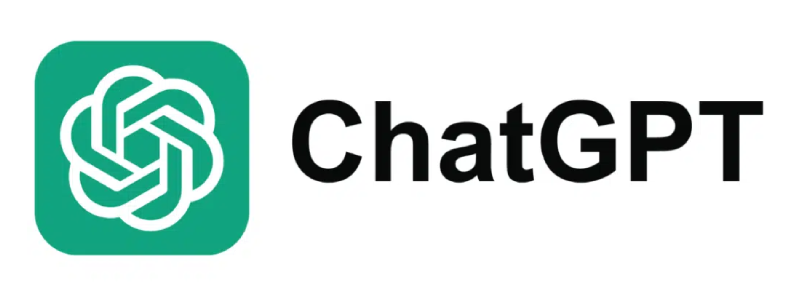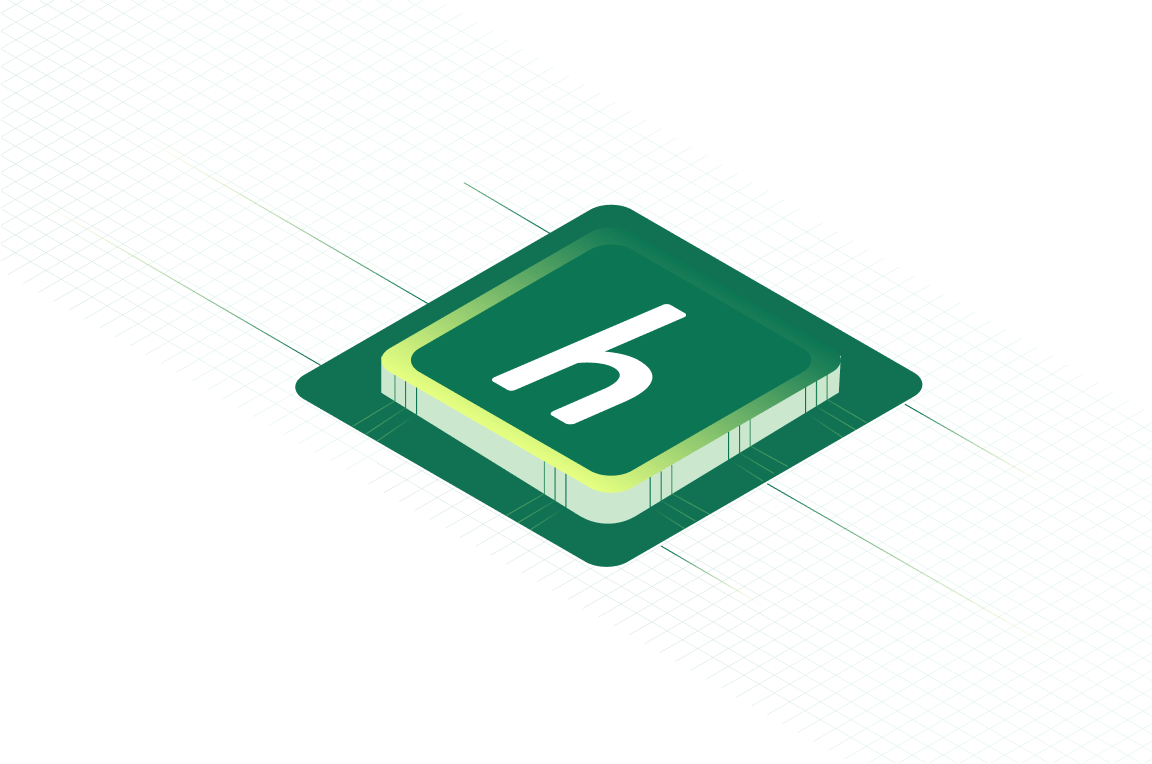When a player is deep into a ranked match, and suddenly disconnects; their skins vanish, their rank drops; they’re frustrated. They rush to your support for help and hit a dead end. No response. No resolution. Just radio silence.
In gaming, these high-stakes moments are everything. First response time isn’t just a support metric – it’s the split second between salvaging a loyal player or losing them to another title. With 83% of gamers expecting immediate assistance when something breaks mid-game, delays aren’t just inconvenient – they’re deal breakers.
But during peak hours, launch days, or global events, even the best human teams can’t scale fast enough. AI-powered support can deliver instant, in-context help that keeps players in the flow and out of the frustration zone.
The Critical Challenge of Gaming Support Response Times
Players aren’t just looking for answers. They want immediate help that feels personal and relevant. And unlike most industries, gaming support doesn’t follow business hours.
A player stuck in Tokyo expects the same instant response as someone dealing with a payment error in London. Traditional human-only support teams can’t deliver 24/7 coverage with the consistency that today’s global gaming audience demands.
That’s why first response times are one of the most critical metrics in player support. It directly impacts satisfaction, retention, and revenue. AI-powered chatbots have evolved far beyond the outdated, rigid systems that offered templated replies.
Today’s gaming-specific AI assistants can:
- Understand player intent and gaming terminology (e.g., “lost XP,” “lag in ranked queue,” or “can’t complete side quest”)
- Instantly acknowledge issues and offer real-time solutions for common problems
- Seamlessly escalate complex tickets to human agents—with full conversation context
This hybrid model ensures that every player receives an immediate response, no matter the time or location and that complex or edge case issues are still handled by skilled human agents.
While sub-second replies are valuable, the quality of those responses is what truly moves the needle. A chatbot that responds instantly but misses the point creates more frustration than a slower, accurate response. Players need to feel understood, not just answered.
That’s why the most effective AI systems combine:
- Natural language processing (NLP) to interpret intent accurately
- Contextual awareness to provide relevant, game-specific answers
- Conversational design that mirrors the tone and culture of your community
How AI Chatbots Transform Gaming Support Speed
In a space where seconds can make or break a player’s experience, AI chatbots have become essential to delivering fast, accurate, and personalized support—at scale. From instantly resolving routine issues to integrating directly into gameplay, here’s how AI is redefining first response time in gaming support.
Instant Resolution of Common Gaming Issues
Most tickets fall into a predictable pattern – account-related problems, payment verifications, or gameplay FAQs. AI chatbots trained specifically for gaming environments, without human intervention, can handle 70-80% of these tickets:
- Troubleshooting login errors or basic connectivity issues
- Quick answers to gameplay or feature related questions
When a player reports a missing in-game purchase, the AI can instantly:
- Verify the player’s transaction history
- Check the status of the digital delivery
- Either confirm delivery or trigger automatic compensation—often within seconds
The result? Fewer support queues, faster issue resolution, and happier players.
Seamless In-Game Support Integration
AI chatbots don’t just speed up response time—they eliminate the need for context switching altogether. When support is built directly into the game interface with In-app messaging, players can get help without ever leaving the experience.
Benefits of in-game support integration:
- Players can ask questions mid-session—no alt-tabbing or email follow-ups
- The chatbot delivers help within the same UI, preserving immersion
- Reduces friction and keeps engagement high, especially during live events or multiplayer sessions
By cutting out external navigation, AI systems redefine what “instant support” truly means—from seconds saved to seconds not lost.
Machine Learning-Powered Response Optimization
The smartest chatbots don’t just answer questions—they learn from every interaction to become better, faster, and more precise over time.
How machine learning enhances support speed and quality:
- Analyzes past conversations to improve response relevance
- Refines decision-making trees based on outcomes and feedback
- Detects patterns in player issues to proactively surface solutions
If a player asks about unlocking a special weapon, the AI doesn’t just provide a standard guide—it references the player’s recent progress, quest status, and even play style to tailor the response.
This kind of contextual intelligence turns first responses into final resolutions—resolving tickets at first touch, without escalation.
Case Study: SYBO’s Subway Surfers Achieves 86% First Response Time Improvement
SYBO, the powerhouse behind Subway Surfers—a game with over 150 million monthly players—offers a standout example of how AI chatbots can dramatically improve first response times and overall support efficiency in a high-volume gaming environment.
The Problem: Email-Based Support Was Dragging Player Experience Down
Before adopting an AI-powered system, SYBO relied on traditional email-based support that forced players to leave the game to submit tickets. The process was clunky, slow, and negatively impacted both retention and satisfaction.
| “Requiring players to exit your game to submit a request via email adversely affects player retention,” — Vlad Oboronko, Player Support Lead at SYBO |
- Their early chatbot implementations were basic and ineffective, leading to poor performance and eventual deactivation.
- Long response times frustrated players and strained the support team.
- The system failed to meet player expectations for real-time, in-game help.
The Solution: Switching to Helpshift’s AI-Powered Chatbot
SYBO transitioned to Helpshift, an AI-powered support platform built for mobile games. The results were rapid and impressive:
- 86% reduction in Time to First Response, dropping to just 1 hour and 40 minutes
- 85% of player issues were resolved through in-game messaging, eliminating the need to leave the game
- 95% automation deflection rate, meaning most inquiries were handled instantly without human agents
The Impact: Faster Support, Higher Satisfaction
The switch to an AI-first support model unlocked massive efficiency gains and improved the player experience:
- 📈 80% boost in agent productivity, as routine issues were handled by AI
- 💬 Agents could now focus on complex problems that truly required human judgment
- 🌟 Achieved a strong 4.3 CSAT score, showing direct correlation between faster response and higher satisfaction
Advanced AI Capabilities for Faster Support
Improving first response time isn’t just about replying quickly—it’s about resolving issues on the spot. The most effective AI support systems go beyond simple acknowledgments to actually deliver solutions in real time. Here’s how advanced features like automated workflows, multilingual support, and visual intelligence are redefining player support in gaming:
1. Automated Issue Resolution Workflows
AI chatbots aren’t just fast—they’re increasingly capable of solving technical issues without human involvement.
With automated issue resolution, AI can:
- Clear app cache to fix loading or crashing issues
- Sync player accounts across devices and restore progress
- Automatically reissue missing rewards or in-game items
What makes it powerful:
The AI executes these actions while keeping players informed through conversational updates—“We’re clearing your cache now,” or “Your reward has been reissued.” This turns first response into first resolution, dramatically reducing the need for follow-ups or escalations.
2. Global Multilingual Response Capabilities
In gaming, support needs to scale across time zones and languages. AI makes that possible without compromising quality.
AI-powered multilingual support enables:
- Instant responses in a player’s native language—no routing delays
- Consistent understanding of gaming terminology in multiple languages
- Cultural nuance and tone adjustments for more natural, local communication
If a case requires human escalation, real-time translation ensures a seamless handoff—keeping the momentum of fast response intact, even across language barriers.
3. Visual Problem Recognition and Response
Many in-game issues are visual—glitches, interface bugs, or unclear error codes. AI systems with image recognition can now handle these with speed and precision.
Rich media support allows AI to:
- Analyze player-submitted screenshots for visual cues or common errors
- Match visual patterns to known issues and suggest instant solutions
- Provide visual step-by-step guidance (e.g., how to adjust settings or fix display problems)
What once took multiple emails or chats to diagnose can now be resolved in a single interaction—turning a complex tech issue into a simple, guided fix.
Proactive Support: Achieving Negative Response Times
1. Predictive Issue Prevention
By integrating with real-time game telemetry, AI chatbots can monitor player behavior, performance, and system health to detect friction points or emerging issues—often before players recognize them.
How predictive support works:
- If a player repeatedly fails a level due to a known bug, the AI can proactively send workaround instructions.
- If server data shows a region is experiencing latency or outages, the AI notifies players and provides connectivity tips.
- If login errors spike after an update, the AI pushes alerts and guides before tickets are submitted.
Support is initiated before frustration sets in—achieving truly negative response times by solving problems before players even think to ask.
2. Event-Driven Automated Communication
AI doesn’t just wait for issues—it communicates proactively around major in-game events, updates, and maintenance windows.
Key capabilities include:
- Preemptively answering FAQs about new features, seasonal content, or patch notes
- Sending personalized alerts ahead of scheduled maintenance or downtime
- Delivering in-game tutorials or tips tied to newly released mechanics or systems
Proactive communication reduces support ticket volume, minimizes player confusion, and ensures your support team isn’t overwhelmed during launches or high-traffic moments.
Measuring and Optimizing First Response Performance
Improving first response time isn’t a one-time fix—it’s an ongoing process. To keep AI chatbots operating at peak efficiency, gaming companies need real-time visibility into how support systems are performing across different player segments, issues, and platforms.
1. Real-Time Analytics and Performance Monitoring
Real-time analytics and reporting dashboards are essential for tracking first response time across variables like issue type, complexity, and region. These dashboards give support teams a comprehensive view of how the AI is performing in the wild—not just in test environments.
With advanced analytics, support leaders can:
- Monitor first response times by player segment, ticket volume, and time of day
- Compare AI vs. human agent performance across specific issue categories
- Identify workflows that are underperforming or need retraining
- Track escalation rates to determine which inquiries require more human oversight
This insight-driven approach allows for fine-tuning at both the strategic and tactical levels. Gaming studios can detect early signs of system drift, adapt to evolving player behavior, and ensure consistent support quality even as the game scales or changes.
| 🧠 SYBO’s Data-Driven Optimization in Action SYBO used Helpshift’s analytics to boost automation effectiveness by 7x compared to their previous system. Beyond improving chatbot responses, they used player support data to identify bugs, refine live ops, and feed insights back into game development turning support into a strategic asset. |
Continuous Learning and Improvement
AI chatbots grow smarter with every player interaction. As they resolve issues successfully, they build a stronger foundation of training data that helps them respond faster and more accurately over time.
Ongoing learning allows teams to:
- Identify emerging support trends tied to new game features or updates
- Continuously retrain models on successful responses to improve automation precision
- Use NLP insights to adjust tone, language, and issue recognition as player behavior evolves
This continuous optimization means that first response time doesn’t just stay fast—it gets better with every season, update, and launch. It turns AI from a static tool into a dynamic system that evolves alongside your game and your players.
Integration and Implementation Strategies
Seamless Platform Integration
Effective AI support starts with seamless integration into your existing gaming infrastructure. The more connected the AI is to your backend systems, the better it can understand and resolve player issues instantly.
With proper integration, AI chatbots can:
- Access player accounts and in-game history in real time
- Verify transactions, analyze logs, and sync progress
- Execute technical solutions instantly—without agent involvement
By giving the chatbot full visibility into session data and gameplay context, you ensure players receive accurate, detailed, and actionable first responses—often resolving the issue in a single interaction.
Technical Implementation Best Practices
Fast and effective AI implementation depends on combining technical rigor with thoughtful player experience design. It’s not just about automation—it’s about smart automation that feels human and helpful.
Platforms like Helpshift offer:
- End-to-end implementation support, from setup to go-live
- Comprehensive chatbot training tailored to your game
- Ongoing optimization based on live feedback and performance data
Gaming companies that follow these best practices often see measurable first response improvements within weeks—not months—while building a scalable, long-term support system.
Business Impact of Improved Response Times
Player Retention and Revenue Impact
Faster first response times do more than improve satisfaction—they directly influence player behavior and spending. When support is instant and reliable, players stay longer and engage more deeply.
According to industry data:
- Players receiving immediate support are 3.5x more likely to make in-game purchases
- They’re 2.8x more likely to recommend your game to others
- Faster support reduces churn, increases session lengths, and lifts lifetime value
These benefits compound quickly—often offsetting the cost of AI implementation in just a few months.
Operational Efficiency and Cost Savings
AI also delivers massive internal value by freeing human agents from repetitive work. When routine tickets are automated, support teams can focus on what truly requires human expertise.
AI-enhanced workflows lead to:
- Higher agent productivity and job satisfaction
- Better handling of high-value or complex support cases
- Reduced burnout from repetitive tasks
SYBO, for example, saved $333K while increasing agent productivity by 80%—all without hiring additional staff. These efficiencies free up resources for strategic projects while maintaining best-in-class support quality.
The Future of Gaming Support Response Times
Emerging AI Technologies
The next phase of AI in gaming support is predictive and proactive. Instead of waiting for players to report problems, AI will anticipate them—based on gameplay behavior, system events, or community trends.
Next-gen AI support will:
- Identify likely issues before they occur and offer guidance
- Trigger automated messages during patch rollouts or seasonal events
- Prevent ticket spikes through preemptive communication campaigns
This transforms support from a reactive function into proactive player success management.
Competitive Advantages and Market Positioning
AI-powered support is no longer a nice-to-have—it’s a competitive differentiator. In a crowded market, players notice and remember fast, helpful support. It influences both retention and reputation.
Companies that prioritize first response time will:
- Win more loyal players through superior experience
- Drive word-of-mouth growth thanks to responsive support
- Establish themselves as leaders in both tech and player care
Taking Action: Implementing AI-Powered First Response Solutions
The implementation of AI-powered first response optimization does require thoughtful planning—but the technology has matured to the point where rollout is fast, smooth, and low-risk. Today’s platforms are built for ease of use, offering comprehensive training, seamless integration with your existing systems, and continuous optimization once live.
Gaming companies can start seeing measurable improvements in response times within just a few weeks. At the same time, they’re laying the foundation for long-term advantages in player satisfaction, retention, and operational efficiency.
For studios serious about delivering exceptional player support, AI chatbots are no longer a futuristic add-on they’re the most effective path to industry-leading service. The real question isn’t whether to adopt AI, but how quickly you can move. Those who act now will set the standard for modern player experience. Those who don’t risk falling behind.








